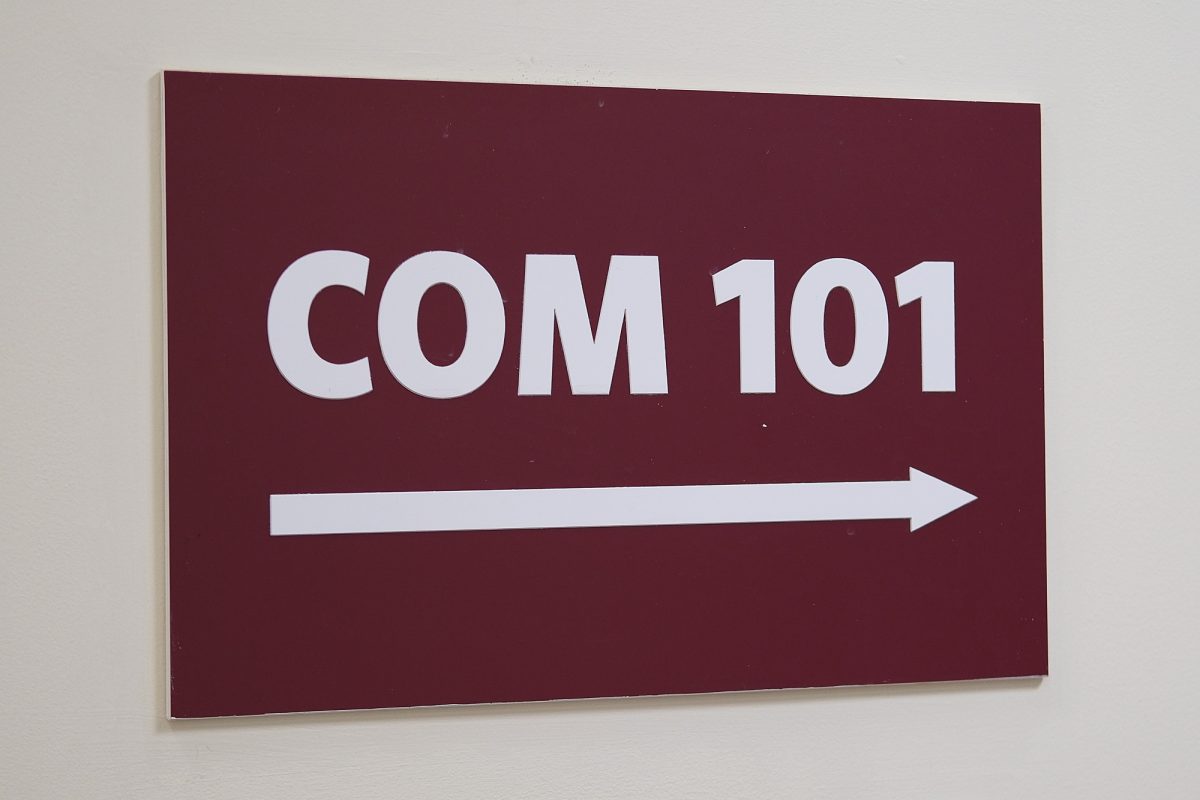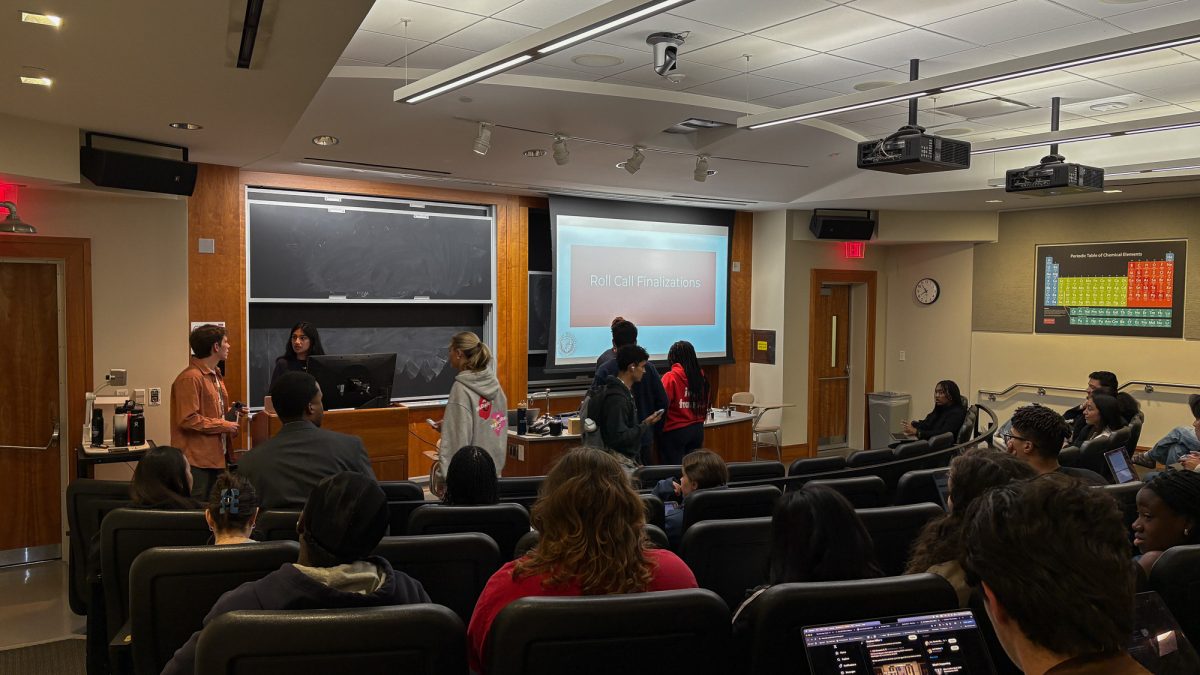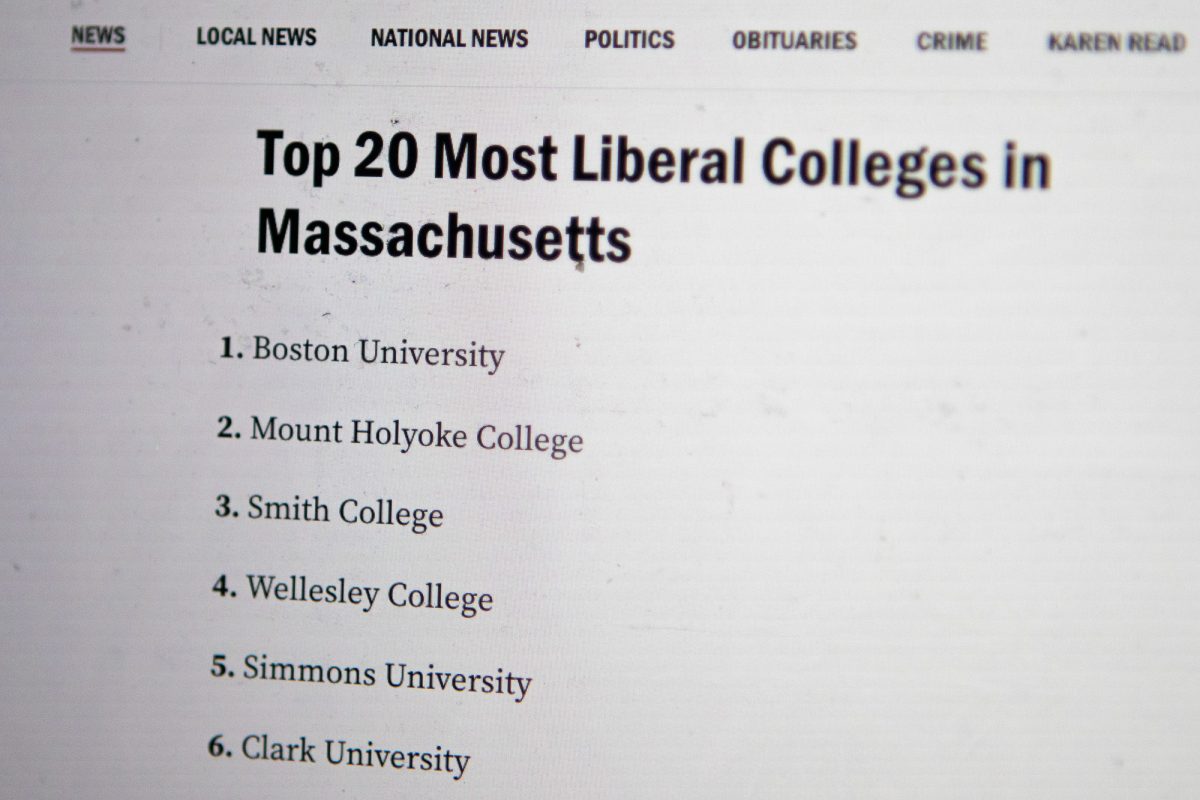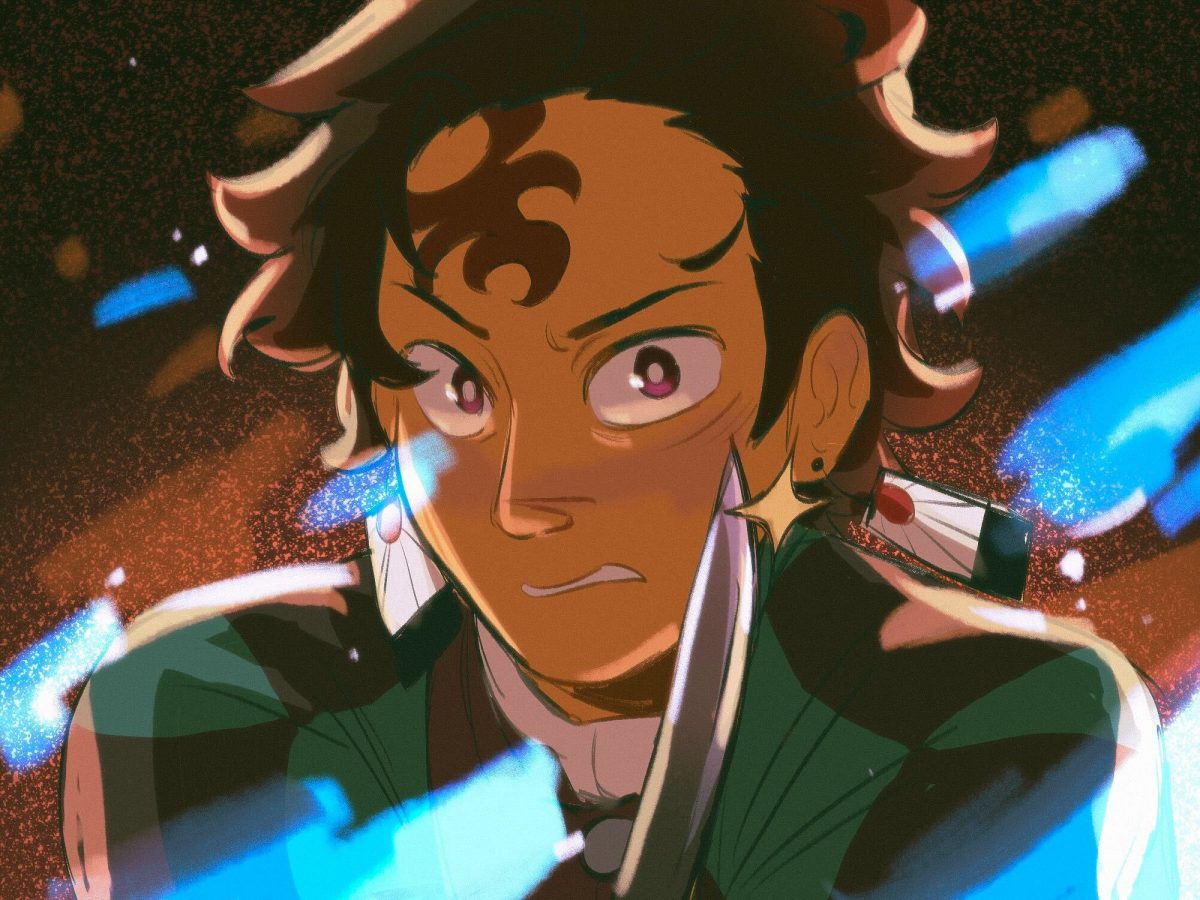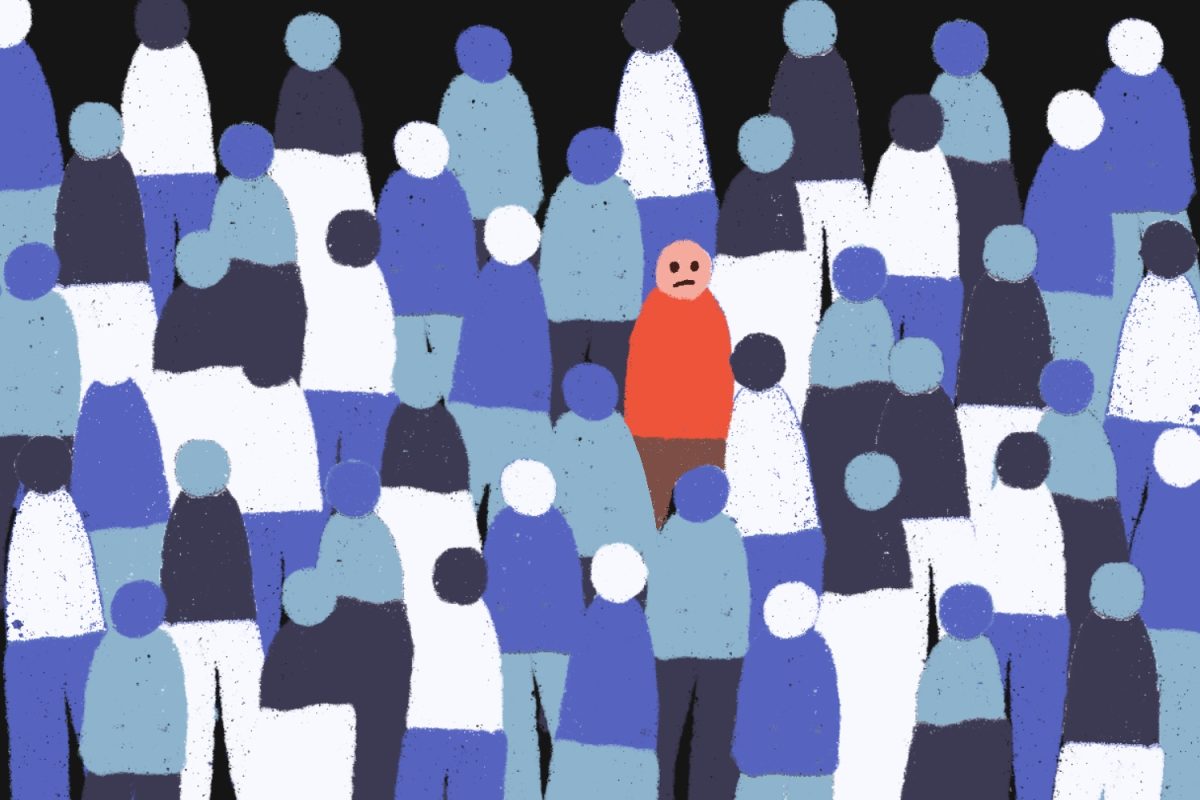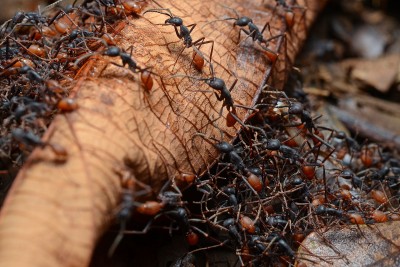
In an increasingly connected world, further amplified by social media platforms such as Instagram, Facebook and Twitter, many would consider humans the most socially complex species on the planet. However, ongoing research at Boston University suggests that one of the world’s smaller species might just prove that it doesn’t take 140 characters or fewer to become the king or queen of sociality.
James Traniello, a biology professor in the College of Arts and Sciences, and his team of graduate students are primarily interested in the evolution of the social brain through their study of ants. Traniello’s team has been aided by a 2014 collaborative research grant from the National Science Foundation, and Traniello said the project received another grant from the European Commission and the Marie Curie Foundation earlier this month.
“We ask a question that is related to that [the evolution of the human brain], only it’s not so much how did the brain get to be so big, but what can you do with the brain when it is so small?” he said. “And at a very, very small size — at levels in which brains have become what’s called ‘miniaturized’ — what kind of analyses can we do to understand the impact of social behavior as a selective force on the evolution of the brain?
“A room full of people is smarter than the smartest person in the room, right?” he continued. “So we want to understand how [and] when societies became so advanced and … when social networks became more elaborate and more sophisticated.”
The process of answering these questions involves studying two “sister species” of ants that are closely related with regard to revolution, but differ in social complexity. The socially simpler species have smaller colonies and function more as individuals rather than a collective whole, whereas socially complex species have larger colonies and operate in a more coordinated way. So where one hungry ant of a socially simple species might be on his own in terms of finding dinner, socially complex species will work together to find food sources, leaving chemical trails for other ants to follow that contain the location of a food source and, occasionally, the quality and quantity of that food source as well.
“So you get a system that turns on and turns off that’s kind of like a cycle of human feeding, only it’s not done by a single individual,” Traniello said. “It’s done by a whole society.”
Other socially complex behavior can be found in the Australian weaver ant, he said, whose colony members — as many as half a million individuals — work together to make nests of leaves high in the treetops by forming a “living chain” of ants to grab leaves and then “sewing” them together with silk from larvae.
“That’s something that no individual has a blueprint [for],” Traniello said. “There’s no architect ant that says, ‘OK, you go over there and do that. And Doris, you go over there and do that. Jenny, you go over there and do this.’ It’s that there’s some simple — and these rules aren’t well understood — but there’s some simple set of rules that govern individual behavior such that it self-assembles into this complex group action of building a nest.”
Andrew Hoadley, a second-year student in the Graduate School of Arts and Sciences and the newest addition to Traniello’s lab, has been working with a species of socially complex leafcutter ants that show similar cooperative behavior in the way that they exhibit “agricultural” behavior by “growing” a fungus that serves as their food source. This species is native to Trinidad, where Hoadley spent his childhood.
“I was able last summer to go home and do field work at my house, which was great,” he said. “And I had my little brother go out with me as a field assistant. It was wonderful. He had no interest in playing with the ants. He was like, ‘I will hold the stuff for you, but you have to do all the ant stuff.’”
In a humid chamber of the lab on the fourth floor of the Biology Research Building, Hoadley’s leafcutter ants work diligently, carrying tiny specks of spinach and other vegetation from one plastic bin to another. In a smaller plastic case within the larger bin, an off-white, spongy-looking substance is crawling with ants, the fungal food source.
Hoadley points out an ant holding a fragment of a leaf, on which another “hitchhiker” ant is perched. In the wild, he said, these hitchhiker ants ride on the leaves and wave their appendages to scare off predators.
But even though ants like the Australian weaver ant and Hoadley’s leafcutter ants seem to be displaying high cognitive functioning and live in very large colonies, their brains are actually smaller than those of socially simpler species living in smaller colonies.
“When you live in a social environment where each individual in the environment has to function as an individual, you need to have a really big brain because you need to be able to know people’s faces and talk to and know all the history of everyone in your social environment,” Hoadley said. “So the idea is that as your social group gets bigger and bigger, your brain should get bigger.
“But in social insects, we actually see the opposite to be true. As their social systems became more complex, their brains actually tend to get smaller,” he continued. “And that’s because, or at least what we think and what we’re trying to show, is that … because they’re dividing up their labor, some individuals only have to do certain jobs, [so] they’re actually able to save on brain matter by not having to do all jobs.”
This goes for humans, too. The shrinkage of the human brain over the last 10,000 years or so amounts to a loss about the size of a tennis ball, Traniello said. He has been studying this phenomenon with Jeremy DeSilva, an assistant professor of anthropology at BU. Traniello suspects the smaller size could be contributed to the “societal sophistication” and “division of labor” that came with the advent of agriculture about 10,000 years ago, the same factors attributed to the smaller brain size of socially complex ant species.
With this division of labor comes unique brain shapes and sizes. Each ant, for example, has a part of its brain responsible for operating its mandibles, the small appendages near the ant’s mouth. In an ant whose job it is to defend the colony, this part of the brain is smaller because this “soldier” ant only really needs to know to “bite things real hard,” Hoadley said. But in an ant whose job it is to take care of young, this part of the brain might be larger to house information about how to care for the larvae, he said.
“So we sort of predict that matching [in the brain], but that matching is complicated … because the nuances of the social life of the animal are complicated depending on if they’re on the trees or underground or what sort of ant they are,” he said.
This is why the idea of studying the sister species is so compelling, Hoadley said.
“It [the study of sister species] shows that very complex sociality has evolved many times, and it’s evolved in similar ways each time. And so that tells us that there’s probably some underlying evolutionary principle why they look that way, and we don’t yet have a really good handle on what that might be,” he said. “And that’s one of the main reasons behind doing this work, is trying to tease out that intersection between social life, ecology and brain physiology.”
The brain chemistry of these individualized workers is also very different, Traniello said. Foragers and soldiers are more aggressive than those ants that care for young, due to the higher presence of a compound called octopamine, which was reduced and increased in different kinds of workers to produce atypical aggression levels.
Although ants are one of the smaller species on the planet, Traniello said he has always been interested in the invertebrates.
“Because humans and insects have different numbers of legs and one has an exoskeleton and the other one doesn’t, it doesn’t mean that evolution doesn’t work in similar ways,” he said. “We’re interested in identifying how many of those general laws of social evolution … can be spanned between ants and primates and humans.”
Amy Mertl, an assistant professor of biology at Lesley University, received her Ph.D. from studying the community ecology and behavior of a group of Amazonian ant species. Traniello helped Mertl develop her project and discern patterns in “a very complex data set,” she said in an email. Like Traniello’s current study of the social brain in ant species, Mertl used her research to make conclusions about life outside of the anthill.
“Studying ants reminds us that we are not the dominant social organisms on the planet and the way our society is structured is not the only way or the most common way for social organisms to evolve,” she said. “It gives us some humility to think about societies that are equal in complexity to our own and have been around for millions of years, and will most likely be around long after our species has fallen.”






